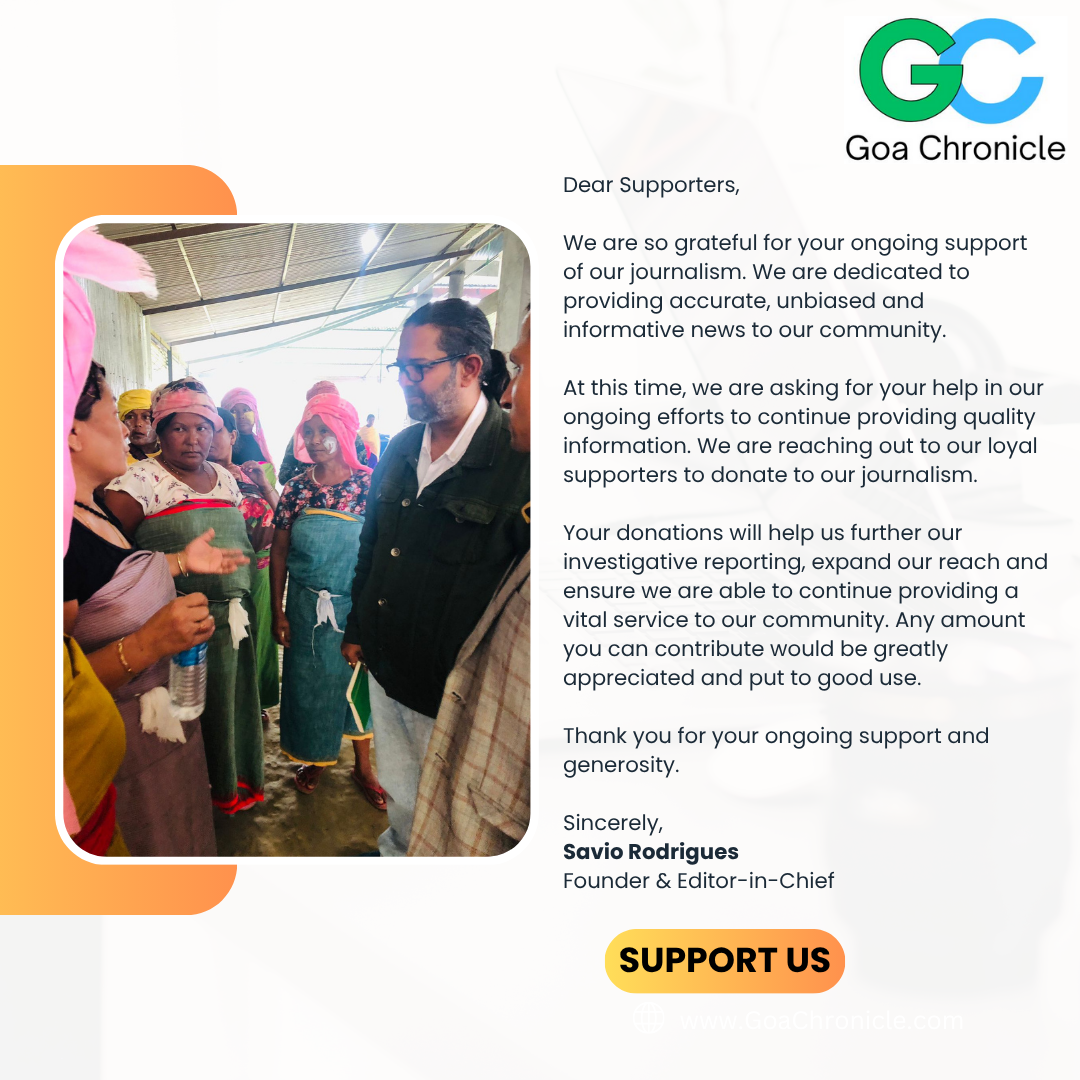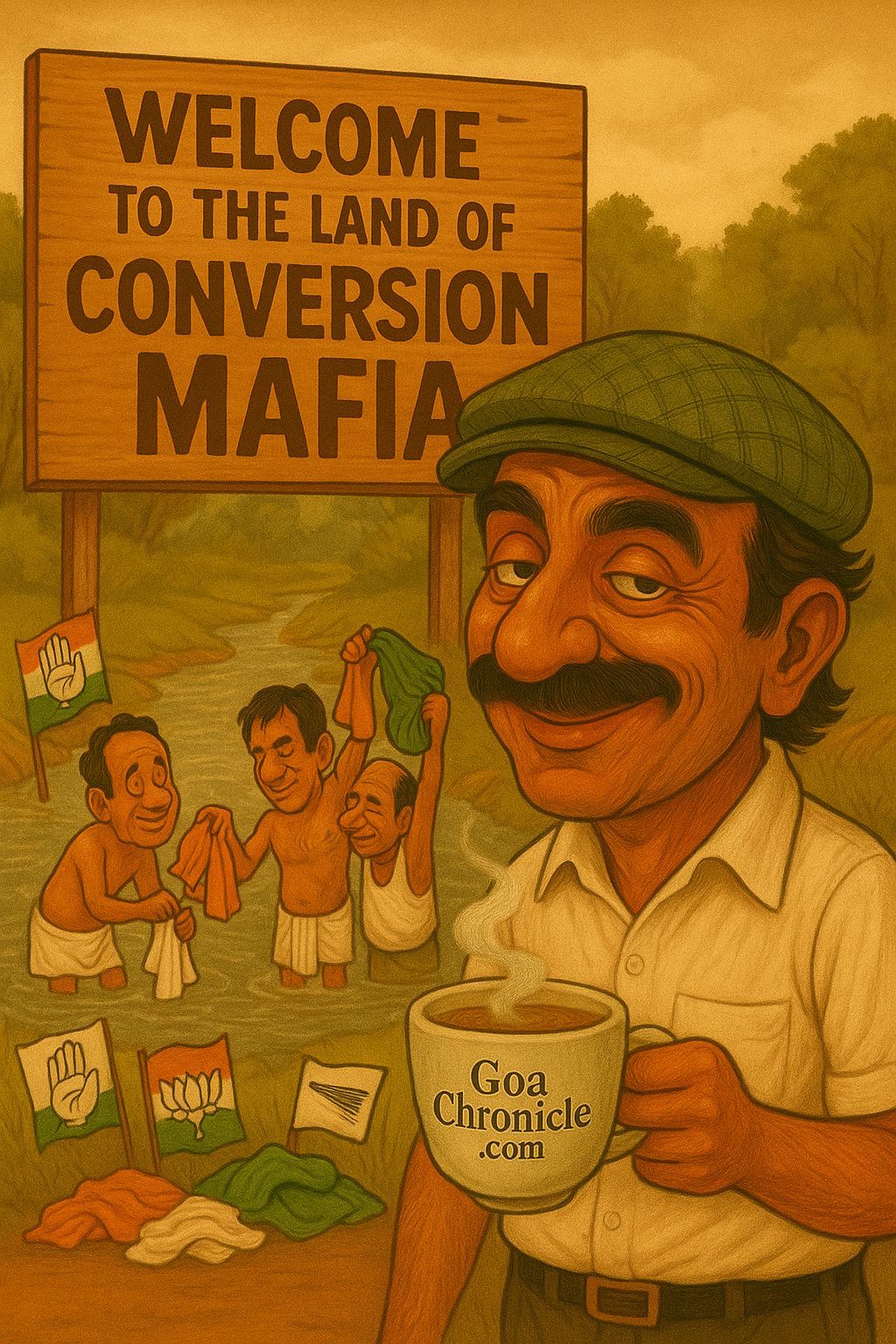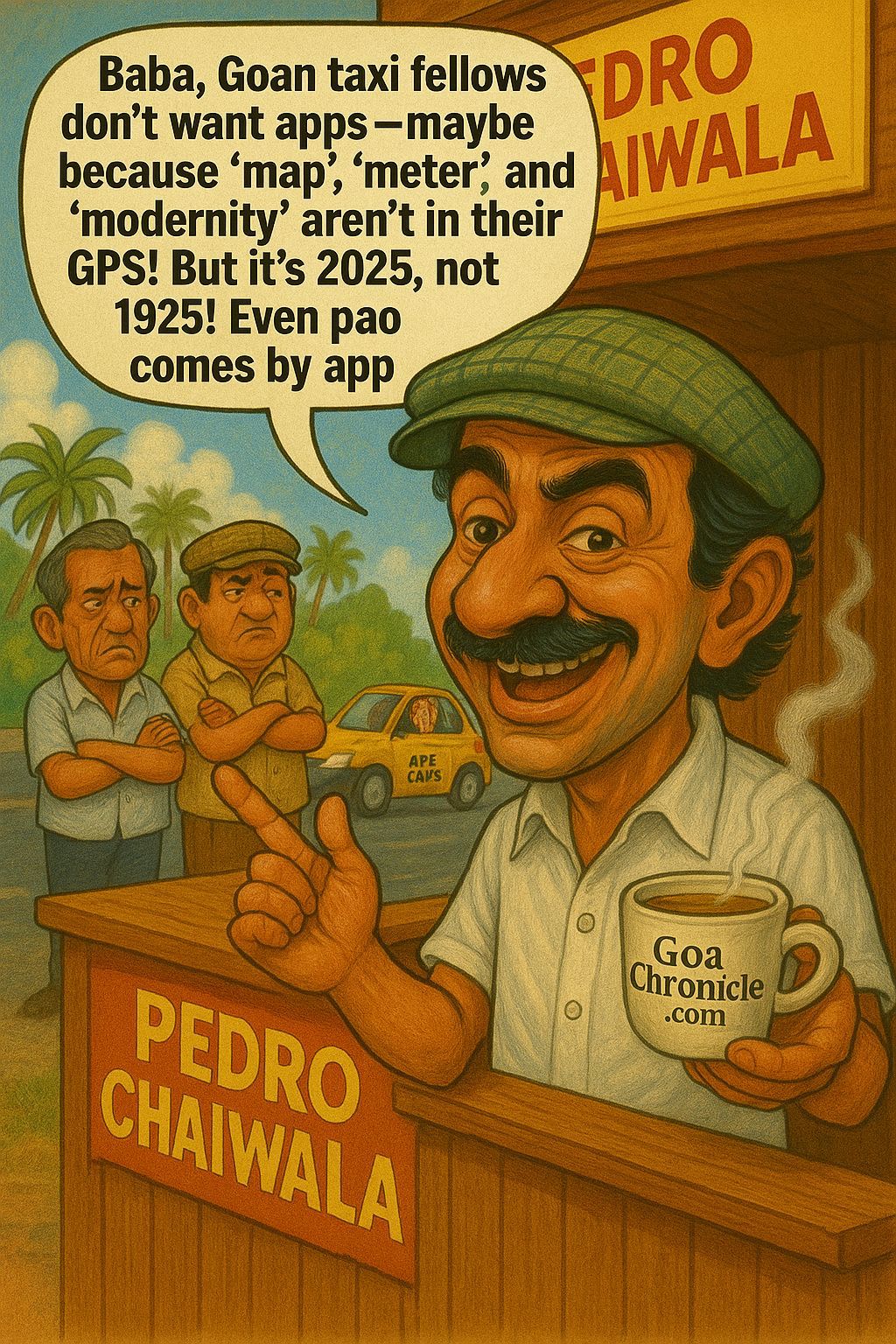On April 22, 2025, the tranquil town of Pahalgam in Jammu and Kashmir was shattered by a brutal terrorist attack, marking one of the deadliest assaults on civilians in the region in recent years. Seven militants affiliated with The Resistance Front, a proxy of the Pakistan-based Lashkar-e-Taiba, opened fire on tourists in the Baisaran Valley, resulting in the deaths of at least 28 individuals and injuring over 20 others. The assailants, dressed in military-style uniforms and armed with M4 carbines and AK-47s, targeted non-Muslim tourists, reportedly sparing some to “narrate the horrors” to Prime Minister Narendra Modi. The attack is an ISI playbook.
For decades, the Pakistani Inter-Services Intelligence (ISI) has operated not as a professional intelligence agency but as a shadowy terror enterprise, outsourcing its insecurities and failures to bloodthirsty jihadist foot soldiers. In every aspect of statecraft, the ISI has proven itself to be incapable of taking India on through legitimate, strategic, or diplomatic means. Instead, it has consistently chosen the path of cowardice—terrorism.
It must be said bluntly: the ISI lacks both the spine and the moral integrity to confront India like a real nation with real men. Its preferred method has always been indirect—bleeding India through a thousand cuts while hiding behind proxies. Why? Because deep down, it knows that Pakistan does not possess the capability, nor the willpower, to win any real war against India.
From the moment Pakistan was carved out of British India in 1947, its establishment has lived under the shadow of inferiority. The successive military juntas, obsessed with the idea of “bleeding India,” created the ISI as an external wing of their army. But unlike the CIA, MI6, or even R&AW, the ISI evolved into something sinister—a state sponsor of terrorism, responsible for the deaths of thousands of innocent people not only in India but around the world.
They trained, harbored, and launched groups like Lashkar-e-Taiba (LeT), Jaish-e-Mohammed (JeM), and Hizbul Mujahideen. Each of these terror outfits has left a bloody trail from Kashmir to Mumbai. The 2008 Mumbai attacks, for instance, were not just an act of terrorism. They were an act of war, orchestrated by the ISI in collaboration with LeT. Ajmal Kasab was merely a puppet; the strings were pulled by ISI officers sitting in safe houses in Karachi and Rawalpindi.
Let’s make it clear: Pakistan, and by extension its ISI, is terrified of a direct confrontation with India. Not because it would be morally or politically wrong, but because it knows the outcome would be catastrophic—for them.
That’s why the ISI resorts to using suicide bombers instead of soldiers, radicalized youth instead of military might. Be it the Kargil intrusion in 1999—where Pakistan claimed its soldiers were “mujahideen”—or the recent use of drones to drop arms across the LoC, the pattern remains the same: cloak and dagger, smoke and mirrors, always from the shadows, never upfront.
This isn’t strategic brilliance. This is cowardice masquerading as state policy.
What makes the ISI’s operations even more despicable is the way it weaponizes Islam to serve its geopolitical goals. By radicalizing poor, disillusioned young men in madrassas, they create a never-ending supply of human bombs. They tell them it’s jihad. They sell them dreams of martyrdom. But the truth is—they are cannon fodder in ISI’s dirty war.
The Pakistani military elite send their own sons to universities in London and New York, while convincing the poor to strap on vests and blow themselves up in Kashmir. It is the most cynical and evil form of psychological warfare—and it reeks of desperation.
The ISI has poured billions into destabilizing Jammu & Kashmir. From arming separatists to influencing political stooges and using digital disinformation campaigns, they have treated the region like a lab for insurgency. The Pulwama terror attack in 2019, which killed 40 CRPF jawans, was not the act of a rogue cell—it was part of a well-planned ISI agenda.
India responded with Balakot, and for the first time, Pakistan got a taste of New India’s resolve. But even then, the ISI hid behind plausible deniability. They did not admit responsibility. They did not retaliate directly. Instead, they pushed more infiltrators across the LoC like cowards sneaking through the back door.
While the ISI may have convinced some deluded Pakistanis of its ‘strategic depth,’ the world is no longer blind to its terror games. Multiple intelligence dossiers, FATF reports, and even Western think tanks have repeatedly linked the ISI to global terror networks. Osama bin Laden, the world’s most wanted terrorist, was found hiding not in a cave in Afghanistan—but in Abbottabad, in a military cantonment area under ISI’s nose.
Coincidence? Hardly. Complicity? Absolutely.
Despite overwhelming evidence, Pakistan continues to deny. And the ISI continues to plot. But each failed attempt only exposes how far they’ve fallen—how they now rely on mercenaries and drones rather than courage and conviction.
Let us ask: What kind of men sit in well-furnished offices, wearing pressed uniforms, sipping tea, while sending brainwashed boys to blow themselves up? What kind of strategy is that? It’s not bravery. It’s not patriotism. It is, by every measure, cowardice.
Real intelligence agencies work to protect their nation’s interests through strategy, foresight, and negotiation. The ISI operates like a mafia syndicate—managing crime lords, terror cells, and drug smuggling routes in the name of national security.
India must never forget the faces of its martyrs, the families shattered, and the children orphaned by ISI-fueled terrorism. We cannot afford to get sentimental about “peace talks” or fall into the trap of Track II diplomacy while bombs are being planted in our cities.
The only language the ISI understands is strength. Diplomatic pressure, surgical strikes, targeted covert operations, and international exposure must be India’s response.
The time for playing nice is over. You do not negotiate with cowards who hide behind civilians and religion to wage war. You expose them. You isolate them. And when necessary—you eliminate them.
The ISI is not a state institution. It is a terror cartel with a green flag and a military uniform. Its obsession with India is not born of strategy but of inferiority, insecurity, and impotence. And when a state becomes too weak to fight in the open, it sends others to do its dirty work.
But India is no longer the India of 1993 or 2001. We have the will, the capability, and now the intent to respond—not just in kind, but with force, clarity, and precision.
To the ISI: if you truly had what it takes, you wouldn’t be hiding behind terrorists. You’d face us like men.
But you never will. Because you never were.






























